Deep breathing exercises for kids might be one of the easiest ways to add more mindfulness to the school day and help your students find their centre. Not only is deep breathing a powerful way for students to focus on something else and be in the moment, it’s also a great way to help control big emotions, or to settle down after a very physically active lunch break!
Curious about which deep breathing exercises are best for kids? Looking for some ways to incorporate mindful activities into your planning? The Teach Starter teacher team has got you covered with some breathing techniques that are perfect for primary students! Read on for our favourites, plus videos to help you add the practice to your day.
Breathing Exercises for Kids
Young children need to be guided through deep breathing. It’s something that they may not find natural. Talk with your students about how focusing on their breathing can affect how they feel. It can make them feel more calm and relaxed. But, it’s important that they really try and master deep breathing rather than shallow breaths. So, when they breathe in make sure their belly expands, when they breathe out, their belly should contract. Do some practicing of this with your students before these techniques.
These breathing exercise videos have been created for teachers to use in the classroom. They are perfect to pop on just after lunch or when you feel your students may need to hit the reset button. Each video guides your students through some deep breathing techniques in a kid-friendly way.
1. Bubble breathing technique
Want something that’s fun but still encourages kids to focus on their breathing? Why not use the bubble breathing technique? This simple breathing strategy is perfect for younger primary students who may not be accustomed to mindful breathing but are likely familiar with the concept of blowing bubbles through a bubble wand.
With this exercise, students have to blow carefully and slowly to create bubbles, which will force them to slow down and focus. Challenge students to think about blowing the biggest bubble they can!
Of course, blowing bubbles using a real bubble mixture can get messy as the children’s hands are sure to be covered in some of the soapy mixture, but don’t worry. This exercise is all about their imagination! You can hand out wands for each student if you’d like, but no soap is needed.
An alternative that works just as well is to give students a paper straw and a small cup of water. Students can take a deep breath and then blow it into a paper straw to create lots of bubbles in their cup.
2. Flower Breathing
Flower breathing is another deep breathing exercise that is perfect for little ones.
They are guided through some mindful breathing using a flower and a candle to help them focus on their breathing. When they see the flower they will breathe in deeply, when they see the candle they will gently breathe out.
3. Pinwheel breathing activity
Download and print a pinwheel template and have students decorate their own pinwheel for this kid-friendly breathing exercise.
- Sitting or standing, have students hold the pinwheel in front of them and focus their attention on it.
- They need to take a deep breath in through their nose.
- Then, they need to breathe out gently through their mouth and see if they can make the pinwheel spin.
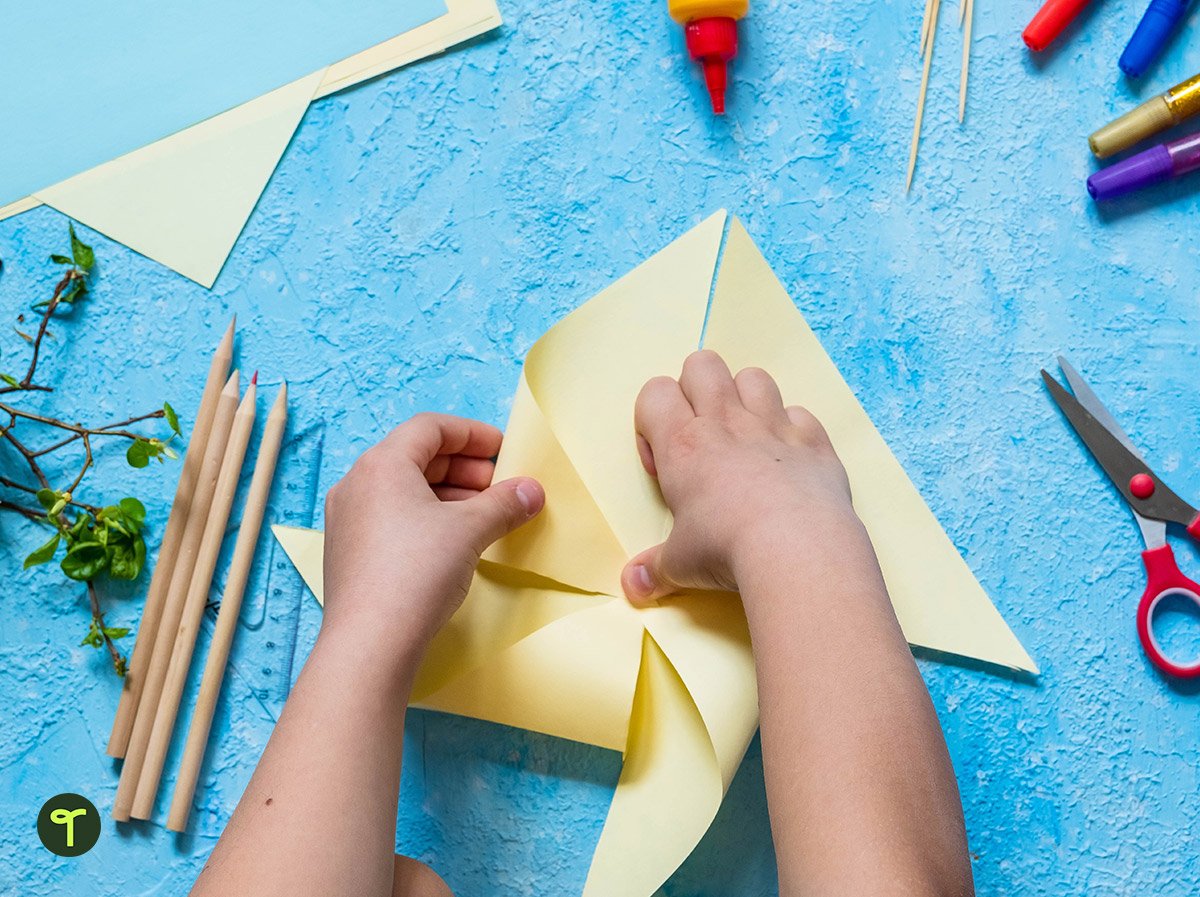
4. Square breathing technique for kids
Square breathing is a simple way to encourage kids to breathe in deeply and breathe out slowly using a square image to guide how long they need to breathe in and out.
This is a popular video that can be saved to use time and time again in the classroom when needed.
5. Belly Buddies Breathing
The belly buddies breathing strategy is a nice mindful activity using a soft toy or a bean bag. This is fantastic to use when you are encouraging your students to practice deep breathing.
How it works:
- Students need to lie flat on their back and place the object on top of their belly button.
- They need to look down towards their object.
- Have the students take three slow, deep breaths in and out.
- Encourage them to pause slightly at the end of each exhale.
- Ask students: Can you see your object moving?
6. Star breathing technique
This is a great breathing activity that requires no other items but your students’ hands.
How to do star breathing:
- Spread one hand out like a star.
- Use the index finger on your other hand to trace the outline of your star hand.
- Take a deep breath as you move to the top of your thumb.
- Breathe out as you move down between your thumb and first finger.
- Take another breath in as you move to the top of your first finger.
- Breathe out as you move down between your first and second fingers.
- Repeat until you have taken five slow, deep breaths.
7. Back-to-back breathing
In this breathing exercise for kids, they need to find a partner and sit with their backs resting against each other.
- Students are guided to sit up straight and be still and silent (this can be tricky in itself, you may get a few giggles).
- Encourage them to take three slow deep breaths in and three deep breaths out.
- Have them listen to your voice and try to breathe in and out in time with the counting.
- Count 1,2,3 for breathing in and pause before you count again to have them breathe out.
- Ask the students:
- Can you feel your partner’s back moving as they breathe?
- Is their breath shallow or deep? Fast or slow?
8. Hoberman sphere breathing
This is a great prop for teachers to use when guiding kids through deep breathing. They can be purchased quite cheaply from a number of websites. It’s a great way to demonstrate how the lungs expand and contract when they inhale and exhale. The children can follow the ball when you open and close the ball.
It’s important to note that their lung capacity is going to be smaller than yours. So keep that in mind and be guided by how the students are coping as they breathe in and out.

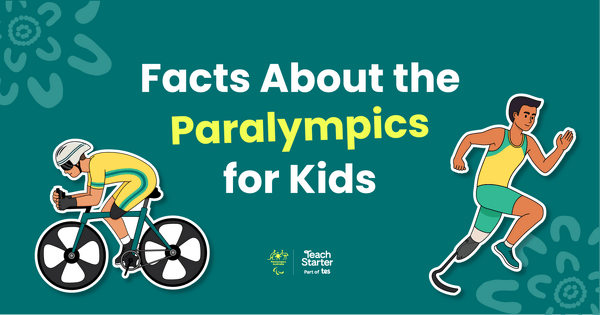

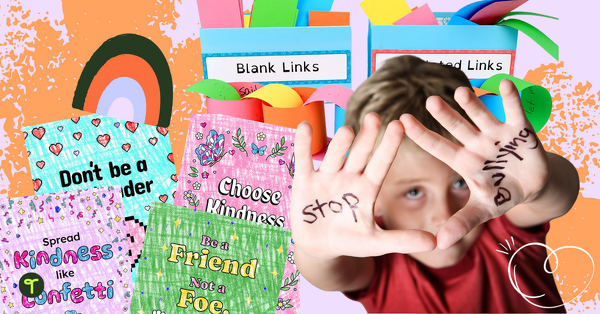
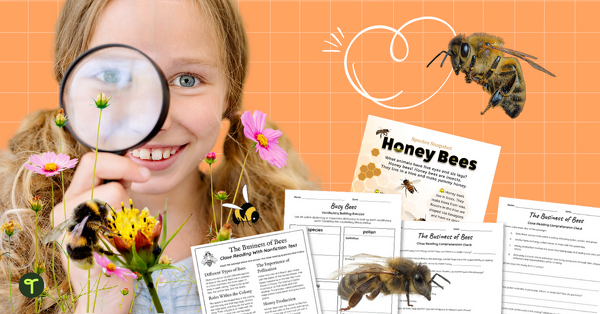
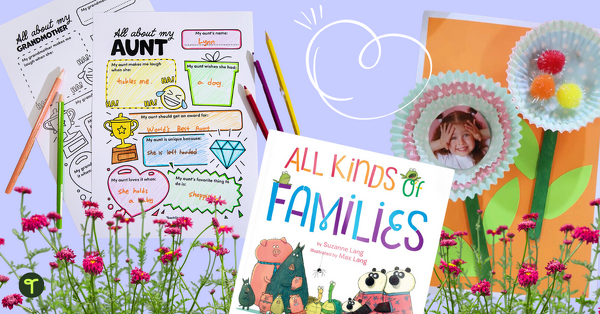
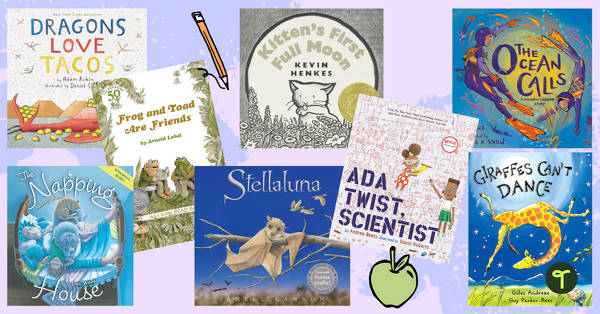
Comments